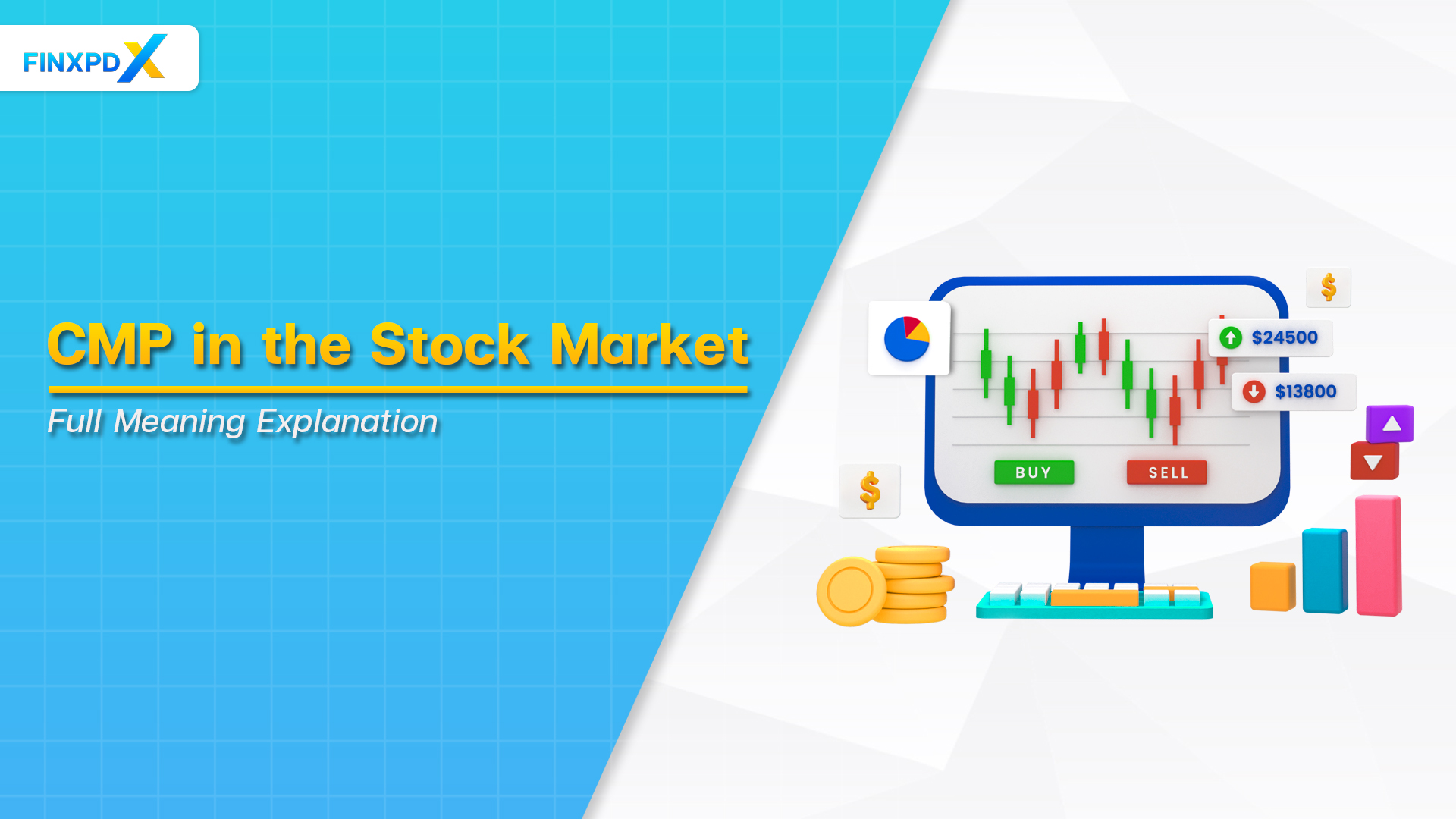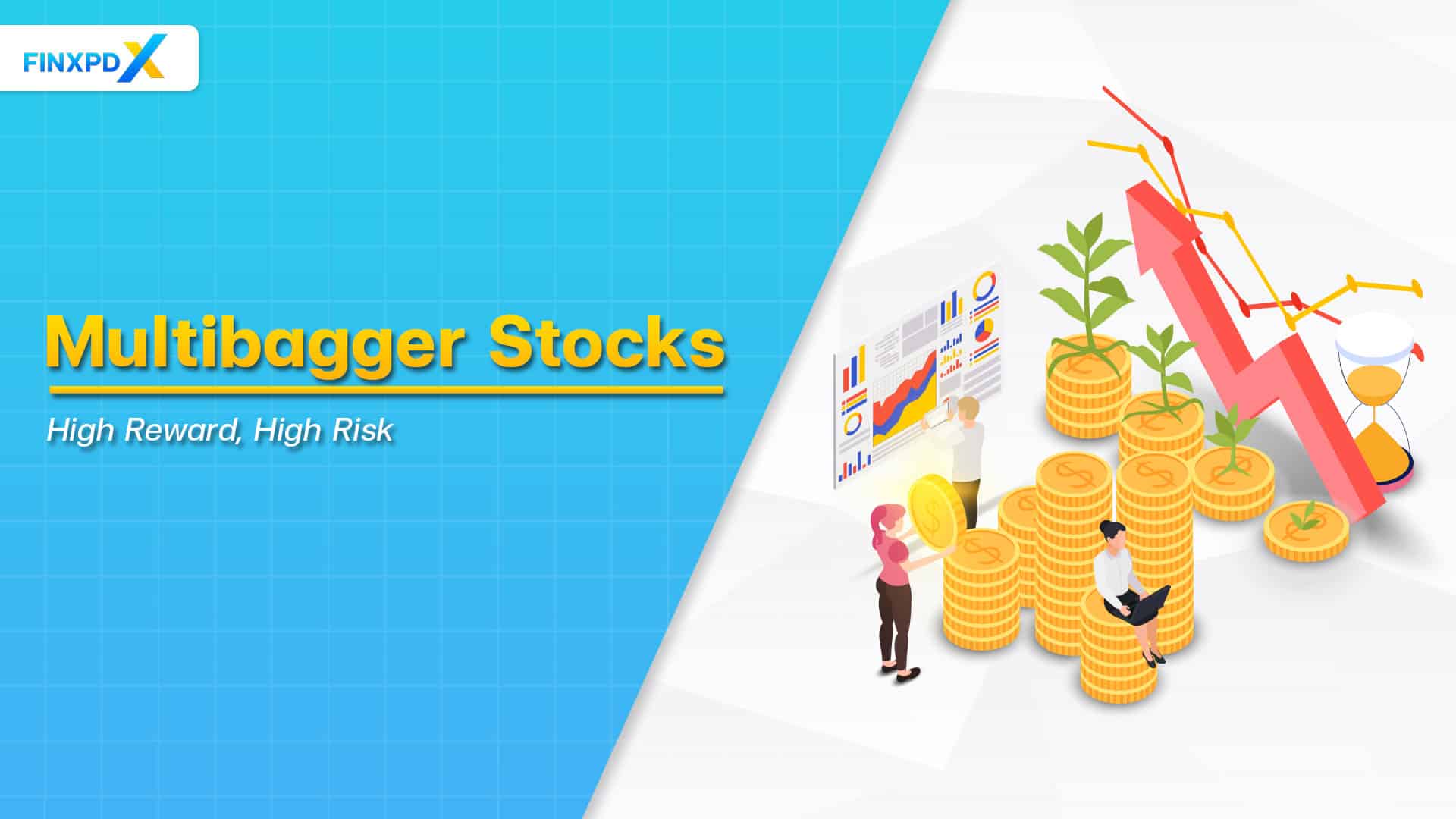When it comes to trading in the stock market, understanding CMP is crucial for informed decision-making and crafting effective investment strategies. The CMP in share market represents the current market value of a stock and plays a significant role in determining the buying and selling decisions of investors.
In this article, we will delve into the meaning and importance of CMP in the stock market, providing insights on how it influences investment strategies.
What Is CMP in the Stock Market?
CMP full form in stock market is “current market price”. It is a key concept in trading that holds significant importance for investors and traders. It represents the prevailing price at which a particular stock is traded in the market. Understanding CMP in share market is essential for making informed investment decisions and devising effective trading strategies.
Key Takeaways
- CMP (current market price) is the current value of a stock and is essential for making informed investment decisions.
- CMP differs from LTP (Last Traded Price), which represents the price at which the last transaction of a stock occurred.
- Investors can utilize CMP in various ways, such as setting stop-loss levels, determining target prices, and assessing the overall market sentiment.
Importance of CMP in the Stock Market
CMP in the stock market provides traders with real-time information about the current market price of a stock, allowing them to assess its value and make decisions accordingly. The factors below are some key reasons why CMP plays a significant role in trading:
Accurate Valuation
CMP in share market helps investors determine the true value of a stock at any given moment. By having access to the latest market price, traders can assess whether a stock is undervalued or overvalued, enabling them to make informed investment decisions.
Identifying Trend
Monitoring and analyzing CMP trends can provide valuable insights into the market trend and direction. By identifying trends, traders can adjust their investment strategies accordingly, maximizing potential returns and minimizing risks.
Setting Entry and Exit Points
CMP helps determine the ideal entry and exit points for trades. Traders can use the current market price to set target prices for buying or selling stocks, ensuring they enter and exit positions at favorable levels.
Risk Management
CMP provides real-time information on market fluctuations to help traders manage risk. By closely monitoring the current market price, traders can adjust their positions or implement risk management strategies in response to market movements.
How to Find the CMP of Stock Market
The CMP (current market price) in the share market indicates the latest trading price of a stock.
In this section, we will guide you to where you can find stocks’ CMPs, ensuring you have the latest market data at your fingertips.
1. Through a Financial News Website
Financial news websites such as Bloomberg, Reuters, and CNBC provide up-to-date stock information, including the CMP. Follow these steps:
- Visit the desired financial news website.
- Search for the stock symbol or company name in the search bar.
- Click on the stock’s profile or summary page.
- Look for the “current market price” or “CMP” label to find the stock’s current price.
2. Using an Online Brokerage Account
If you have an online brokerage account, you can easily find the CMP of stocks you are interested in. Here’s the easy steps to follow:
- Log in to your online brokerage account.
- Navigate to the “Trading” or “Quotes” section of the platform.
- Enter the stock symbol or company name in the search bar.
- The CMP of the stock will be displayed along with other relevant information.
3. Stock Market Mobile Apps
There are numerous stock market mobile apps available for both iOS and Android devices that provide real-time stock prices, including the CMP. Follow these simple steps:
- Download and install a reliable stock market mobile app.
- Open the app and create an account if required.
- Search for the stock symbol or company name.
- The app will display the CMP of the stock and other relevant data.
What Is the Difference Between CMP and LTP?
LTP or last traded price refers to the price at which a stock was last bought or sold. While CMP and LTP might seem similar, they serve different purposes in trading. Below is the concise table that highlights the main differences between these 2 terms:
| Criteria | CMP (Current Market Price) | LTP (Last Traded Price) |
|---|---|---|
| Definition | The most recent price at which a stock is traded. | The price at which the last trade occurred. |
| Representation | Real-time value of the stock, constantly changing. | Most recent transaction price, but not necessarily current. |
| Significance | Key for assessing the current value for trading decisions. | Provides insights into the recent trading activity. |
| Calculation | Updated in real-time, visible on financial platforms and exchanges. | Based on the most recent trade executed. |
| Market Relevance | Reflects live market dynamics and trader sentiment. | Historical, may differ from the present market situation. |
How to Use CMP in Stock Market
There are three ways to use the current market price in the stock market: market orders, limit orders, and stop-loss orders.
1. Market Order
This is an order to buy or sell a stock immediately at the current market price (CMP). It is the most basic and frequently used type of stock order. When you place a market order, you are prioritizing the speed of the transaction over the price.
This means that you agree to buy or sell the stock at the best available current price. However, in fast-moving markets, the price at which you execute the trade can be different from the price you saw when you placed the order.
2. Limit Order
A limit order is an order to buy or sell a security at a specific price or better. Unlike a market order, where you accept the current market price, with a limit order, you set the maximum or minimum price at which you are willing to buy or sell.
3. Stop Order ( Stop-Loss Order)
This is an order to buy or sell a stock once the price of the stock reaches a specified price, known as the stop price. A stop order becomes a market order when it reaches the stop price. You place a buy-stop order at a stop price higher than the current market price, while a sell-stop order is placed at a stop price lower than the current market price. Primarily, you use stop orders to limit losses or protect profits on stocks you own.
Conclusion
In summary, knowing CMP is more important for stock trading than simply being aware of a stock’s current price. CMP is the main factor for making informed investment decisions, setting strategic entry and exit points, and managing trading risks effectively. By leveraging CMP, traders can accurately assess stock valuations, identify market trends, and incorporate them into various trading strategies like market orders, limit orders, and stop orders.
This comprehension of CMP will empower traders to navigate the dynamic stock market confidently and enhance their ability to achieve optimized trading outcomes. Stay informed, utilize CMP to its full potential, and you will be better equipped to succeed in the stock market.
FAQs
CMP in share market meaning refers to the price at which a security (like a stock) is currently being traded in the market. It is the most recent price a buyer is willing to pay, and a seller is willing to accept.
CMP is the price at which a security is currently trading. LTP, or Last Traded Price, is the price at which the last transaction occurred. While LTP is historical, CMP is dynamic and continuously updated during trading hours.
CMP is the current trading price of a single share. Market capitalization, or market cap, is the total value of all a company’s shares of stock. It’s calculated by multiplying the CMP by the total number of outstanding shares.
CMP influences investment decisions by providing real-time data on a security’s market value. Investors use CMP to assess market trends, determine entry and exit points, and evaluate stock performance against market indices or competitors.
While CMP provides current market information, predicting stock market trends solely based on CMP is challenging and unreliable. Trends are influenced by a multitude of factors, including economic indicators, company performance, and global events. CMP should be used alongside other analytical tools for trend prediction.
Related Articles:
- Dow Theory: How to Predicting Market Trends Effectively
- Circular Trading: Is It a Good Option to Consider?
- Market Mood Index: The Useful Tool for Market Prediction
- FOMO Trading: Spotting and Tackling the Hidden Enemy
Read more: Stocks








